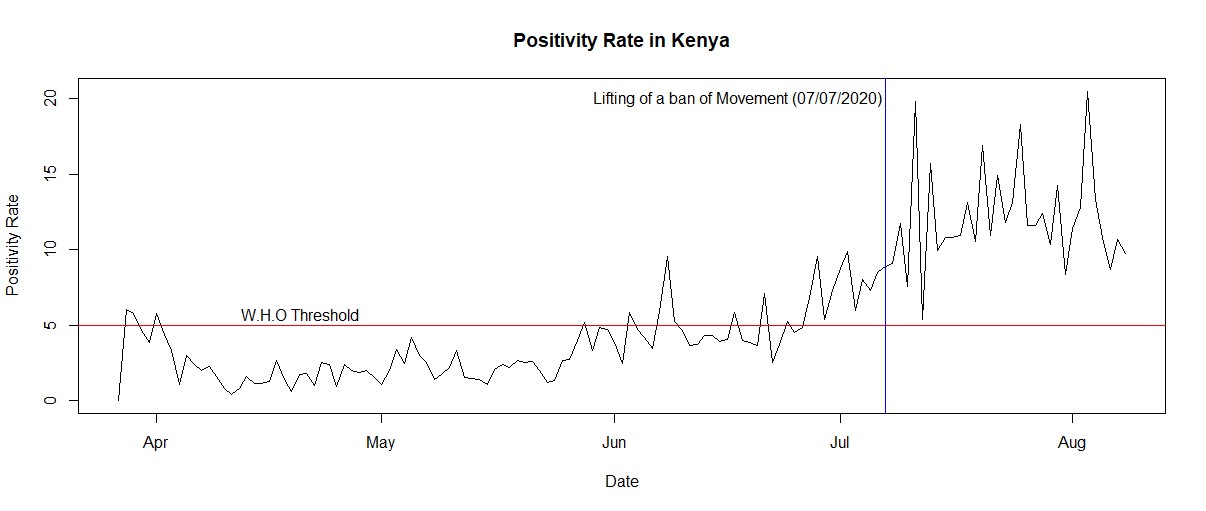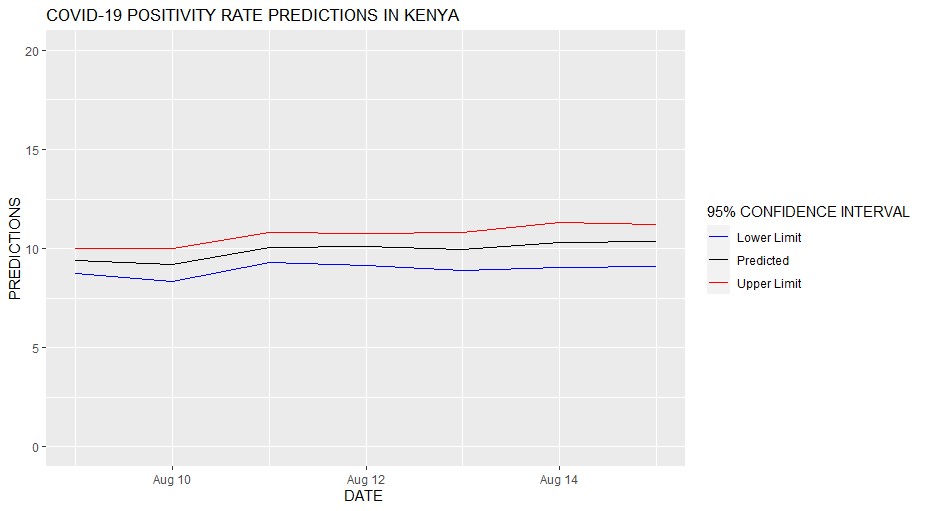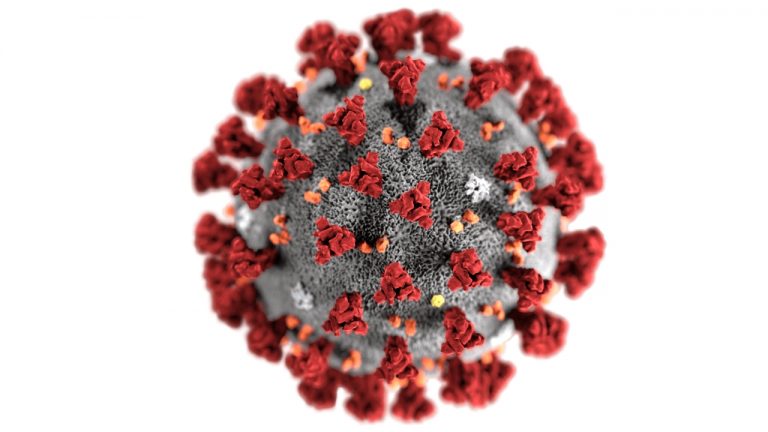By Prof Gichuhi A. Waititu
After four months of coronavirus restrictions, Kenyan President Uhuru Kenyatta announced a phased reopening of the country from 7th July 2020. The move came as pressure mounted to kick-start the country’s economy after four months of coronavirus restrictions which had devastated key industries such as tourism.
In his speech, the president ordered and directed that the cessation of movement into and out of the Nairobi metropolitan area, Mombasa county and Mandera county that had been enforced to lapse in the early morning of Tuesday, the 7th of July, 2020. The president, however, extended the nationwide curfew between 9pm and 4am for a further 30 days and warned he would not hesitate to “revert to lockdown” if the situation worsened.
As witnessed in other countries like South Africa, Germany, USA and China, relaxing of COVID 19 lockdown measures has led to a significant spike in daily infections. This article looks at how the spread of COVID 19 in Kenya has evolved after 7th July 2020 using the positivity rate. An insight into how the future positivity rates might look like is also discussed.
Positivity rate is the percentage of people who test positive for a particular disease out of all those tested. Expressed as a percentage, the positivity rate represents the number of people who test positive in a sample of 100 people tested. When interpreting the positivity rate in Kenya, it is important to note that the country has not rolled out mass testing yet. This means that the sample tested is largely made up of people who are suspected to be infected or had close contact with infected people. Nevertheless, the positivity rate has been used widely to gauge the spread of a pandemic.
Positivity rates should be under 5% for at least 14 days in areas with adequate testing, according to the World Health Organization (WHO). A positivity rate of above 25% is considered too high.
The figure below visualizes the positivity rate in Kenya from late March 2020 to 9th August, 2020. The red horizontal line represents the WHO recommended threshold for a pandemic under control. The blue vertical line represents the time when lockdown measures were relaxed in Kenya. As shown in the figure, the COVID 19 positivity rate in Kenya was below 9% before relaxation of lockdown measures but rose to a high of 20% after the relaxation. Before the relaxation of lockdown measures, about 9 people, on average, were turning out positive for COVID 19 out of every 100 people tested. However, after the relaxation of lockdown measures, an average of 12 people have turned out positive for COVID 19 out of every 100 people tested.

Similar spikes, after relaxation of lockdown measures, were observed in other countries like South Africa, Germany, China and USA.
The spread of COVID-19 in Kenya is still not under control. This is because if it was, we would expect more testing — that is, a larger sample— to yield a smaller and smaller proportion of positives. Also, the positivity rate would be below the 5% WHO threshold. So far, that has not happened in Kenya. Since the disease has spread to most counties, there is an urgent need for the county governments to support the MoH in implementing social distancing, contact tracing, testing and management.
Predictions
How is the COVID-19 positivity rate in Kenya expected to look like in the near future?
The answer to this question lies in how all the stakeholders will continue adhering to the set guidelines by MoH and the national government. Working with the current status quo, it is expected that the daily infections in the near future will still be above the WHO threshold of 5% (see the figure below).
For the next seven days, Kenya is expected to experience positivity rates of between 8% and 12%.

This report is based on the data from the Ministry of Health, Kenya and the Johns Hopkins University Center for Systems Science and Engineering (JHU CCSE) as at 9:00am EAT on 09/08/2020.
Prof Gichuhi A. Waititu is an Associate Professor of Statistics in the Department of Statistics and Actuarial Sciences at the Jomo Kenyatta University of Agriculture and Technology (JKUAT), Kenya. He holds a BSc in Mathematics and Computer Science from JKUAT, MSc in Applied Statistics from JKUAT and PhD in Statistics from Kaiserslautern University in Germany.
This work is supported by the Heinrich-Böll Foundation.
![]()





Add comment